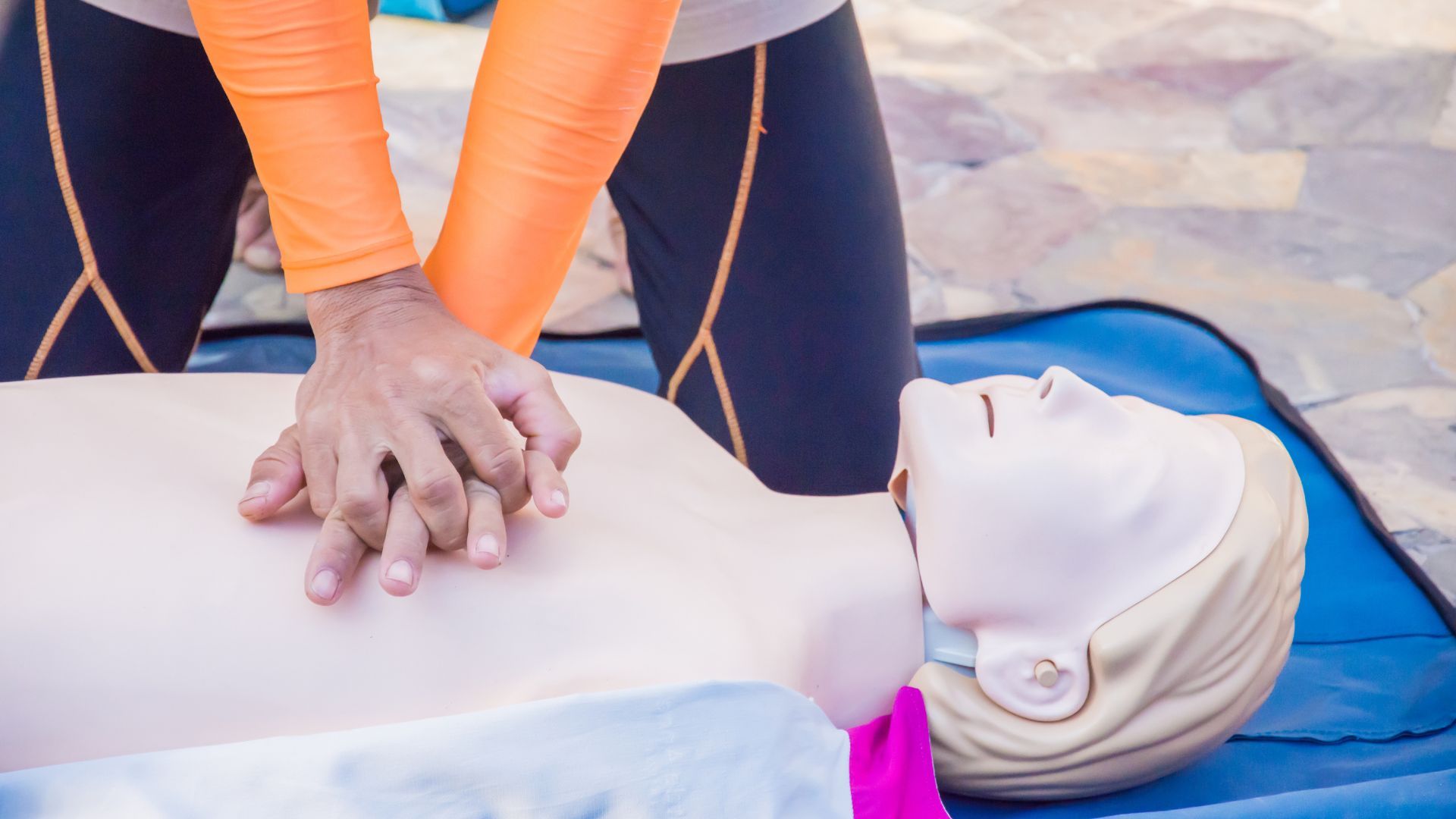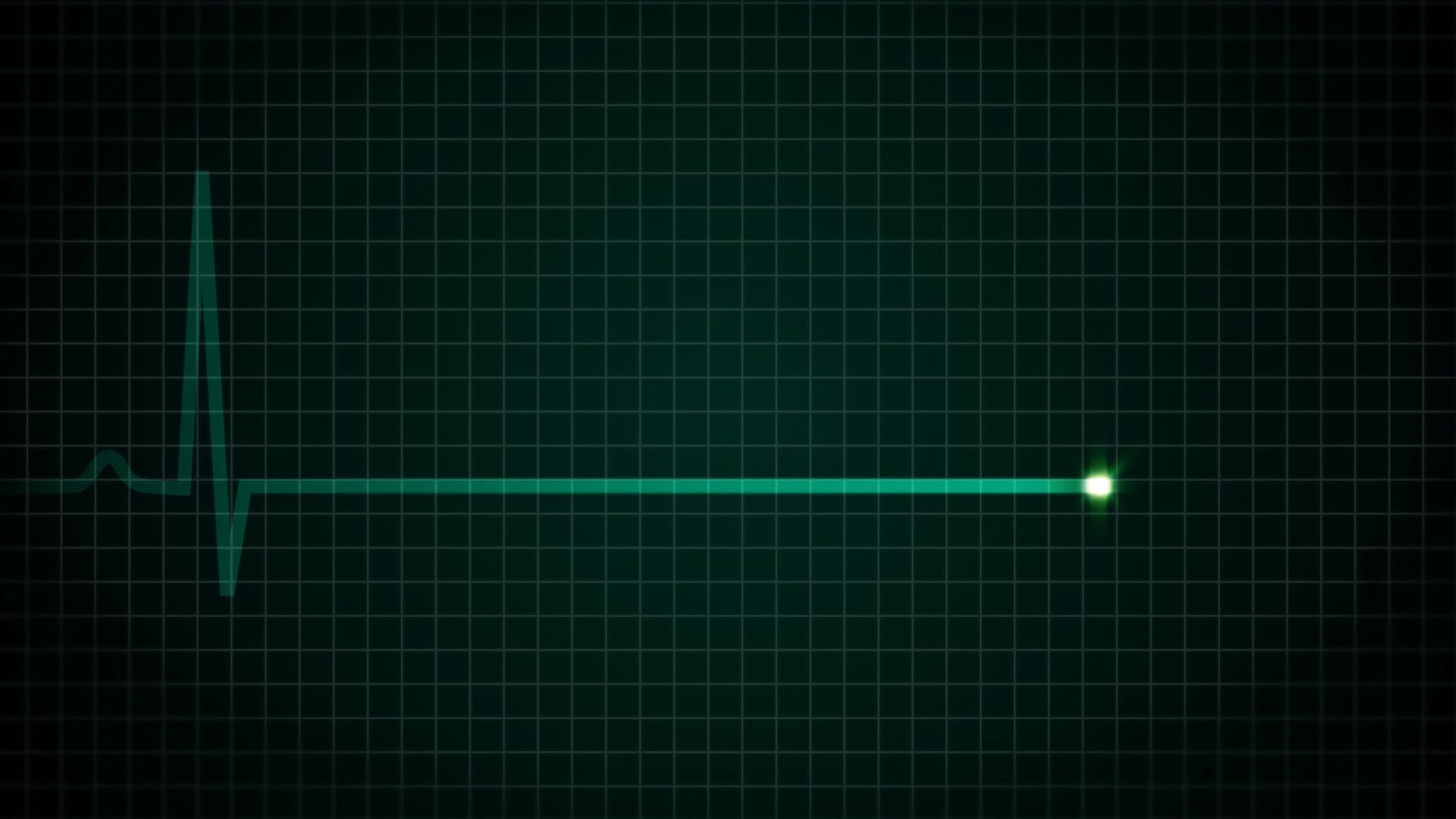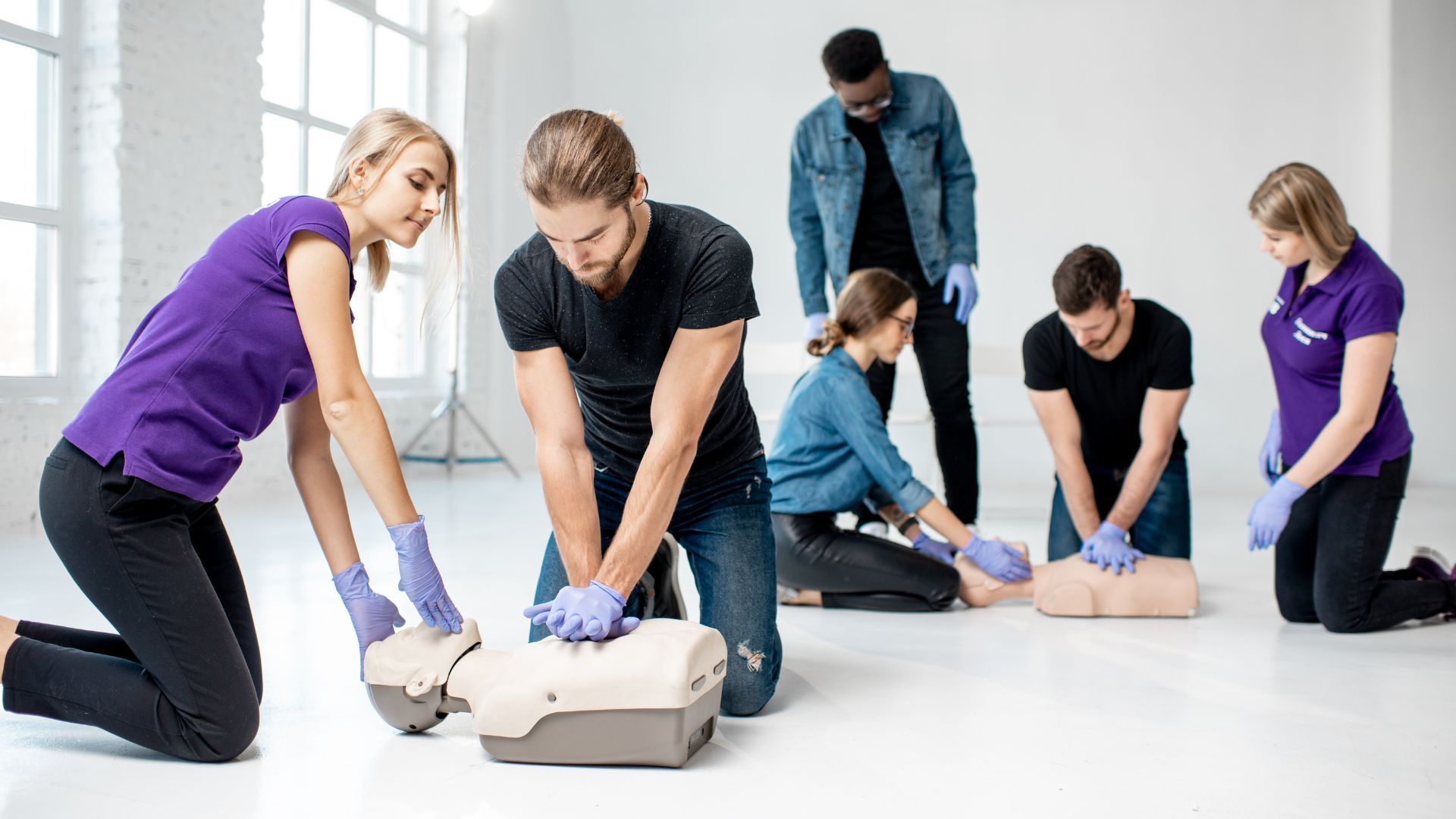What is a Bag Valve Mask (BVM)
Bag Valve Mask (BVM) Pronunciation: bag valve mask (băg valv mask)
Definition: A Bag Valve Mask (BVM) is a manual resuscitation device used by healthcare professionals and emergency responders to provide positive pressure ventilation to a person who is not breathing or experiencing inadequate breathing. It consists of a self-inflating bag, a one-way valve, and a face mask.
Frequently Asked Questions About Bag Valve Masks (BVM)
How does a Bag Valve Mask (BVM) work?
A BVM works by compressing the self-inflating bag, which forces air through the one-way valve and into the victim’s lungs. The one-way valve prevents the victim’s exhaled air from re-entering the bag. The face mask creates a seal over the victim’s nose and mouth to ensure efficient delivery of air to the lungs.
When should a Bag Valve Mask (BVM) be used?
A BVM should be used during CPR or other emergency situations when a person is not breathing or has inadequate breathing. It can be used for patients with respiratory arrest, cardiac arrest, or other breathing difficulties. BVMs are commonly used by emergency medical service (EMS) personnel, hospitals, and other healthcare settings.
What are the advantages of using a Bag Valve Mask (BVM)?
Using a BVM has several advantages over mouth-to-mouth or mouth-to-mask rescue breathing:
- It provides a higher volume of air per breath, improving oxygenation.
- The one-way valve prevents the risk of disease transmission between the rescuer and the victim (as opposed to Mouth-to-Mouth Resuscitation).
- It allows for two-person CPR, which can be more effective in maintaining consistent chest compressions and rescue breaths.
- The face mask creates a better seal, reducing air leakage and increasing the efficiency of the breaths delivered.
More Articles





